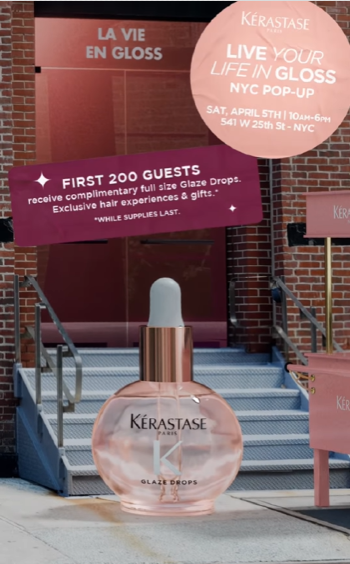Broken Belief Makes a Good Ad
⛓️ Win With What People No Longer Trust
Welcome to a space where every edition delivers insights, strategies, and inspiration to fuel your advertising brilliance. 🤯
⛓️ Broken Belief Ads: Win With What People No Longer Trust
In every market, there’s a growing graveyard of beliefs—ideas consumers used to trust but have quietly abandoned. Smart marketers don’t ignore them. They weaponize them.
Enter Broken Belief Ads: a high-conversion strategy that works by tapping into the silent disillusionment buyers feel—but haven’t articulated yet.
Why This Works
When a belief breaks, it leaves behind a gap—between what the customer expected and what reality delivered. That emotional gap is tension. And tension is gold.
Most brands run from broken trust. Great brands say: “We know they lied. We fixed it.”
It’s not positioning. It’s vindication.
Step 1: Identify the Fractures
Scan reviews, Reddit, YouTube comments, and niche forums. But don’t look for complaints. Look for recurring disillusionment.
Examples:
- “All collagen powders taste awful after a month.”
- “Tech brands always promise updates—they never come.”
- “Clean skincare? Still full of chemicals.”
Find the patterns. People aren’t just frustrated. They’re done believing.
Step 2: Build the Angle of Anti-Disappointment
Craft your ad like a reveal. You’re not selling. You’re exposing.
Copy framework:
“They said [old promise]. You believed it. So did we. Then we saw the truth.” Use visuals that feel raw, imperfect, and confessional. Avoid overproduction—it kills believability.
This is not an ad. It’s a market correction.
Step 3: Rebuild With a Replacement Truth
Don’t just break beliefs. Replace them.
What new truth are you giving them? Make it:
- Simple enough to believe again.
- Specific enough to feel different.
- Sticky enough to spread.
Example:
“Collagen that tastes better after 60 days. Because flavor fatigue is real, and no one else talks about it.”
This isn’t innovation—it’s emotional repair.
Why It Converts
People are craving relief from disappointment.
Broken Belief Ads create a moment of psychological alignment—where the brand finally says what they’ve been thinking. And when that happens?
They don’t just click. They nod.
They trust again.
And that’s a deeper conversion than any CTA button could offer.
Together with Levanta
PPC costs keep rising. Affiliate marketing gives you another path.
If you sell on Amazon, you’ve seen it firsthand—PPC costs are up, and returns are getting harder to justify. But there’s a smarter way to scale without burning through budget.
More sellers are shifting to affiliate marketing—a model that brings in external traffic, boosts your organic rankings, and only costs money when it drives a sale.
How?Amazon rewards sellers who drive traffic from outside platforms—like blogs, review sites, and social posts. That traffic helps your listing perform better and convert higher.
The result:
✅ Lower ad spend
✅ Higher rankings
✅ More sales
Levanta has put together a free guide that breaks it all down:
- How to set up an affiliate program that works
- Which networks are best for Amazon sellers
- How to find quality affiliates
- Common mistakes (and how to avoid them)
🚀 Reel of the Day

What Works:
The reel opens with a New York taxi topped with a giant Kerastase Glaze Drops bottle—a completely unexpected image in an otherwise familiar urban scene. This triggers the “pattern interruption” effect, a cognitive reflex where our brains are hardwired to stop and pay attention when something disrupts normal visual patterns.
The oversized bottle isn’t just a gimmick—it metaphorically "drives" the brand. By making the product the vehicle (literally), it implants the brand as the central actor in a story, not just a prop.
The reel has linear motion—the bottle rolls down the street after the light turns green (cleverly marked with a "K"). This satisfies our brain’s need for goal-directed narratives (beginning → movement → resolution), keeping viewers engaged through dynamic attention.
The ending transitions into a direct value-driven incentive: “First 200 guests receive a full-size Glaze Drop + gifts.” This triggers loss aversion—the fear of missing out on a limited reward, a classic behavioral economics principle that compels immediate action.
Broader Insights:
This reel taps into the 3 biggest psychological drivers of attention: Novelty, Emotion, and Visual Clarity. It tells a story with zero dialogue, high aesthetic value, and experiential depth. Most importantly, it makes the product the protagonist, while simultaneously inviting consumers into the brand universe.
Thanks for reading this edition! Keep pushing boundaries, testing ideas, and staying inspired. See you in the next edition with more ways to ignite your marketing success. 🥰